The Ultimate Checklist for Error-free Marketing Emails
Marketing differs from many other activities in one crucial way: if you make a mistake, it is difficult to conceal. If you work in email marketing, your mistakes are visible to every client and prospect who opens your emails, which is why nothing is scarier than approving a send to a very wide audience (except, perhaps, my unwashed face in the morning). I have nightmares about discovering, the morning after a large send, that I misspelled every customer’s name.
This is why every email marketing should have a checklist to avoid making irremediable mistakes. The checklist serves as your final quality assurance before pressing the “send” button. It assists you in ensuring that you have caught all errors and double-checked every step. For many marketers (including myself), the checklist allows them to sleep at night.
If you haven’t got a checklist for yourself, don’t worry! In this article, I will share with you a comprehensive checklist that you can use to go over your emails before you send them to your audience. Let’s jump right into the details!
What is an email checklist?
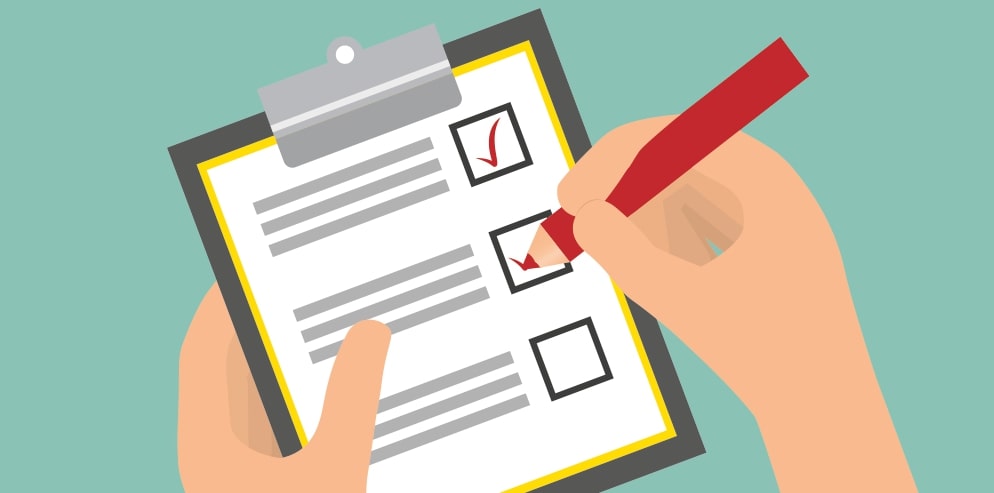
An email marketing checklist specifies all the checkpoints for an email campaign to guarantee that it is error-free. A checklist should be made standard for everyone in a team to make sure that every email sent out doesn’t contain any mistake that makes it look or sound unprofessional.
The ultimate email marketing checklist for your campaign: 25 checkpoints
1. Is the ‘from’ field intact?
Personalizing a ‘from’ field is a sure way to boost conversions. Don’t just use your business name or a meaningless tag like “Marketing Team.” Don’t send emails from “admin@” either. Instead, use an email with your name behind it. “Jane from Google” or “Mark at Facebook” sound much better, even if they didn’t contribute to the creation of the email. Instead of your company logo or a blank area, use a photo of yourself. People prefer to know that they are conversing with another individual.

2. Can recipients reply to your email?
If you are concerned about the responses, ensure that you monitor the reply-to email account and are able to answer swiftly. Such responses are much too frequently routed to admin@ or system@ inboxes, where they go unnoticed. Instead of using a no-reply address, make it simple for recipients to respond. This will be appreciated by a large number of people.
3. Are you bcc’ing right?
Far too frequently, we receive supposedly personalized emails only to discover that the ‘to’ field contains the names of dozens of colleagues. Check that you’ve pasted all of the emails into the correct box.
4. Are you emailing the right person?
After typing a few characters, many clients will auto-complete an email address. When two or more comparable contacts exist, this frequently leads to misunderstanding. When manually entering an email address, double-check that it is correct.
5. Are you sending your emails to the right segment?
Check to see if you’ve chosen the correct customer segment as your target group. It’s simple to make a mistake when you have thousands of subscribers and multiple lists. Consider whether or not everyone in your group is interested in what you have to say. Sending an unrelated topic to even a small number of customers risks clients unsubscribing from the list or reporting your email as spam.

6. Have you tested the dynamic tags?
Dynamic tags are fields that are used to customise mass emails. For example, if you enter in “Hello [name],” it will appear in Brian’s inbox as “Hello Brian.”
Dynamic tags are quite handy and are accessible with almost any program for creating email campaigns. Send yourself a test email or use the built-in tools (if available) to ensure that the tags are properly inserted.
Make sure you don’t address Brian as “Stacy.” Make sure to test the tag’s functionality; otherwise, each recipient may be greeted with “Hi [name]!” You certainly made a good first impression.
7. Have you checked the test email thoroughly?
Because you just sent yourself an email, take use of this opportunity to look into other details. Check to see if the photos are correct. Are they in line with expectations? Or, conversely, did they arrive attached to an email without your knowledge? Do they fit on a screen and are the fonts large enough to be readable?
Is the text correctly rendered? Is the font size appropriate? Are the custom colors useful or obnoxious? Open your message on your phone to check for the same items. Do you have a tablet or a huge screen? Also, give them a shot.
8. Have you checked the links?
Check that the links work as expected by clicking on each one. Do they open the correct landing pages? Do they ever open anything? Better still, run this test in your browser’s incognito mode. Some links may display appropriate info for your admin account but don’t work for users.
9. Have you proofread carefully?
Check the copy multiple times for errors. Try reading it from the recipient’s point of view, preferably aloud. Pay close attention and consider whether anything makes sense. Install a spell checker, such as Grammarly, to automatically detect the most obvious problems. But don’t rely only on such tools — they’re not ideal.

10. Is the subject line attention-grabbing?
The subject line is the first thing that a recipient sees. And it is what will have the most influence on their decision to open your email. Make certain that the issue is relevant. Instead of utilizing very broad topics like “Request” or “Hi John,” give the reader an idea of what they might expect within.
Avoid titles that are spammy as well. While the phrase “you have to see this” may catch the curiosity of a few readers, it will not be favorably received by spam filters. The recommended length for a subject line is 50 or fewer characters. Longer ones may be cut unexpectedly (particularly on mobile), resulting in the loss of the essential part.

11. Is the message short and concise?
Few people, believe it or not, are willing to devote several minutes to reading your email. Consider whether there are any areas where you may save money. Begin with the introduction paragraphs and all of the phrases that end with “I hope everything is well.” Reduce them to the minimal essentials and get right to the point.
The person reading your email may have many more to go through. If you don’t catch their attention right away, you can lose it forever. After you’ve cut a few lines, reread the entire text to see if you can cut any more. Do it again and again. You’ll be astonished at how little text is required.
12. Is the CTA clear?
You send an email with a certain goal in mind. It is usually in the form of a button or a line of text with a call-to-action (CTA). Is the link behind the button functional as expected? Is the message visible and understandable? Does it entice you to click?
Do you have a single clear CTA throughout the entire email, or are you confusing readers with many calls? Make an effort to focus and provide your readers with a clear instruction.

13. Do the images load quickly enough?
Check the sizes of the images with your test email. It’s probably too much if each weighs several megabytes or more. Even on fast internet connections, large emails may take a few seconds or more to load.
Many readers are impatient and will move on to the next message before yours has finished loading. Consider whether you can resize your photographs without sacrificing quality or compromising readability. Sending 4K posters may be a bit too much for emails in general.
14. Are you using alt text?
Even if the photos are in the proper size, they may not be displayed that way on the recipient’s end. It could be due to a bad connection, problems, or the email client’s settings. Be prepared for this by adding alt text to each graphic. Even if an image isn’t rendered correctly, you’ll have a backup plan. Alt text is very useful for persons who are blind or visually impaired and cannot rely on graphics. Keep them in mind when you write a message.
15. Is the preview useful?
Many email programs, including Gmail, will retrieve the first 100 characters and utilize them to preview an email in the inbox. Is this how your email conveys the proper message? Or are you squandering this opportunity by displaying “you’re receiving this email because you subscribed to blah blah blah”? If you can improve it, it will increase your open rate.

16. Have you previewed your email in different email clients?
Emails will be rendered differently in different clients. Just because something appears good on Gmail does not guarantee that it will appear the same in Outlook or Apple Mail. Send test emails to each of the most popular clients if you have accounts on them. If you notice any problems, fix them at once. There are additional tools that specialize in previewing emails for a variety of clients and devices, such as Litmus or Emailonacid.
17. Are you sending at the right time?
“Why does that matter?” you may ask. An email will stay in the recipient’s inbox anyway. You’ve got a point, but many studies have shown that when emails are delivered at the proper moment, recipients are more likely to open them. Tuesday through Thursday are commonly cited as the greatest days for mailing when combined with late morning hours (10-11am).
2 p.m. and 8 p.m. have also been demonstrated to produce good results. However, keep in mind that the timing will alter depending on the target demographic. Only by experimenting with various schedules will you be able to obtain the most accurate statistics.
Keep in mind that 10 a.m. in your timezone may be 3 a.m. or 11 p.m. for some of your subscribers. Determine which time zone they are in and base your schedule on that. Some programs, like AVADA Email Marketing Automation, can retrieve the recipient’s time zone and deliver campaigns at a certain time in their timezone.
18. Have you had someone else proofread it?
If you have the time, it’s always a good idea to seek a second opinion on your grammar and copy for one simple reason: our brains have a tendency to subconsciously dismiss even the most obvious mistakes simply because we produced them in the first place.
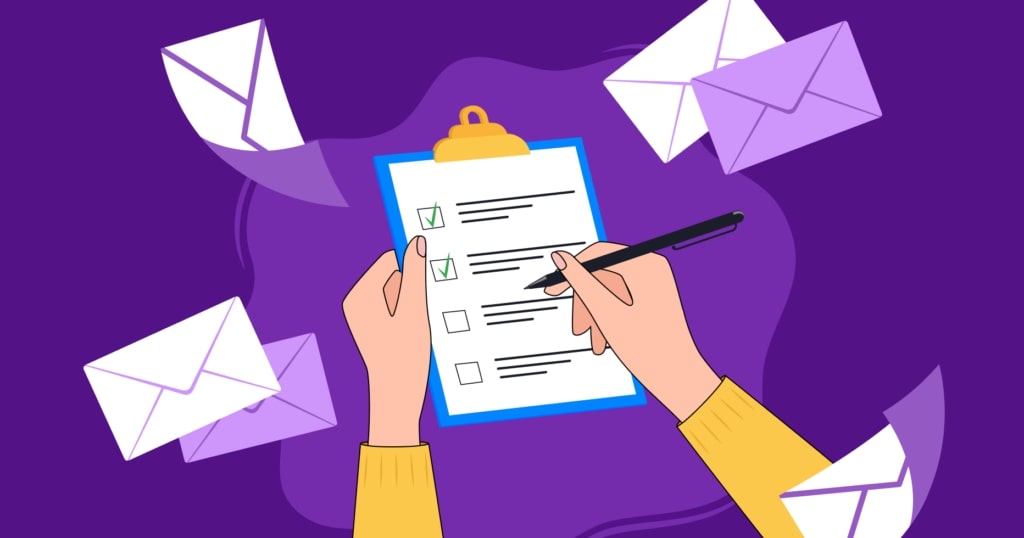
You could read your email five times and still overlook something that your colleague will notice right away. It happens to even the most seasoned authors. If feasible, have a coworker review your text before sending it. If no one qualifies, think about some internet services.
19. Are you bcc’ing when you shouldn’t?
We addressed bcc’ing earlier, didn’t we? But, in the first place, do you need to bcc people? No, not always. Many clients will make it plain to recipients that they are only one of the contacts who have been bcc’ed. This may be OK if you are conducting vacuum cleaner research. If it’s a sales outreach, it won’t be.
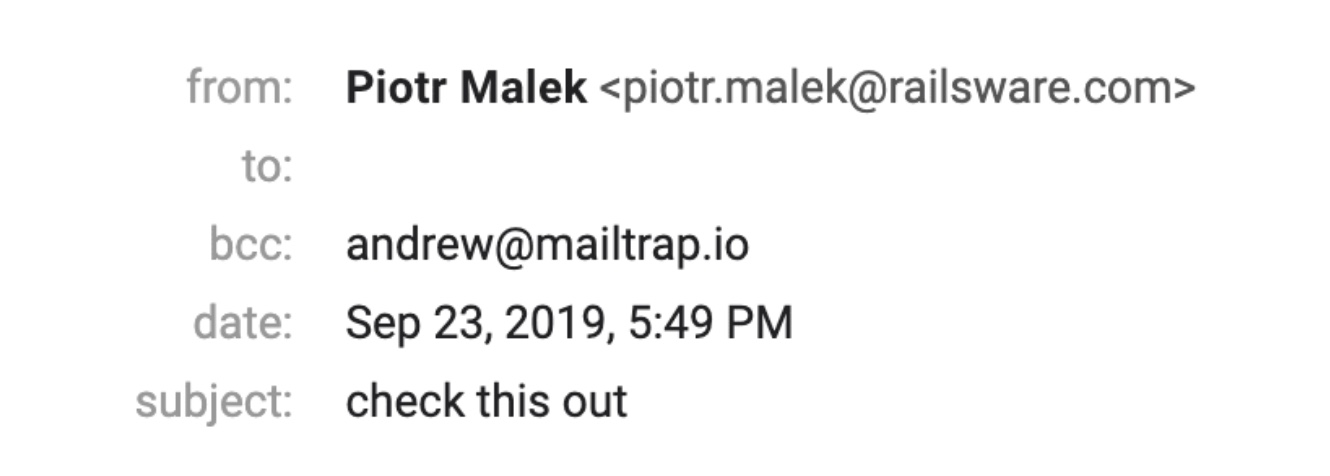
20. Are you keeping track of results?
Tracking how people respond to your emails can provide you with vital insights about your efforts. And it’s the most effective strategy to improve your future emails. Almost every email marketing tool provides extensive statistics for measuring openings, clicks, and other metrics. Start tracking your emails right away if you aren’t already.
Check the stats from your previous campaign(s) as well before sending the next one. What struck a chord? Was the button pressed repeatedly, or did it go unnoticed? Which subject line was the most effective? Use all of this information to better the next campaign.
21. Are you A/B testing?
In terms of testing, have you done any A/B testing yet? A/B testing emails involves experimenting with alternative subject lines, Calls-to-Action, or email formats. When done correctly, it can provide a wealth of useful information that you can then utilize to improve the next email you send. A/B testing is one of the services provided by several email service providers (ESPs).
22. Will your email be successfully delivered?
Email servers delete a large number of emails because they suspect them of being spam or harmful. It may happen to reputable businesses like yours as well. Sending from a trustworthy email provider and to valid contacts can boost your chances. Authentications such as SPF, DKIM, and DMARC are also important.
Finally, there are several content-related elements to consider, such as authentic links, the absence of spammy titles, and delivering relevant emails to the appropriate segments
23. Are you going to be able to avoid spam filters?
Even if an email is delivered, it may not be delivered to an inbox. Instead, it can be routed to the spam folder, where it will never be opened. This could be due to bad copywriting, too many graphics, or links to dubious services. Spam reports from prior campaigns may also play a role.
How do you keep track of everything? There are several methods available for determining how well your email will do in the recipient’s inbox. Each will not only provide a score, but will also provide numerous suggestions for improvement. Mail-tester, Spamcheck by Postmark, and SendForensics are three of the most popular tools.

24. Is the image-to-text ratio right?
The image-to-text ratio is one of the elements that spam filters consider. This is the ratio of the number of images to the amount of text in the content. As a general rule, at least 60% of the body of your email should be text, and up to 40% should be images.
Failure to follow these principles will not inevitably result in your email being deleted, but it may have a little influence on its deliverability. But it’s not a big deal. It’s okay to send additional images occasionally, especially if the majority of your recipients are on mobile.
25. Have you optimized for plain text?
We previously discussed how many email clients do not display graphics by default. Worse, some will not render HTML at all, rendering your email unreadable. Some folks simply prefer to receive emails in plain text.
To improve accessibility, several businesses create both Plain Text and HTML versions of their emails. Plain text copy is frequently accessible at the top of each email under the “View in browser” link.
Use AVADA Marketing Automation to facilitate your email marketing campaigns
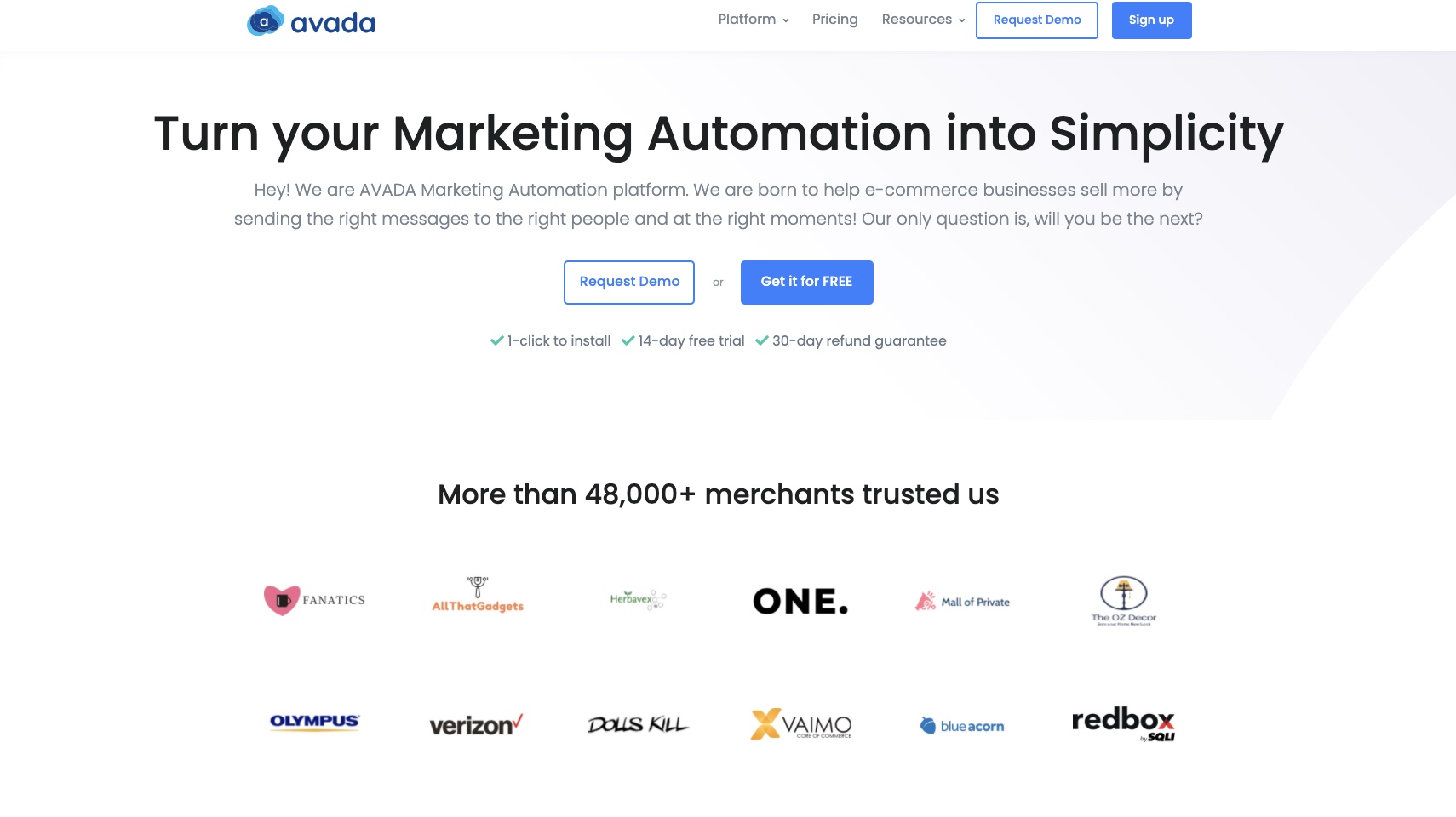
AVADA Marketing Automation is a multi-channel email and SMS marketing platform that can help you run your email marketing campaigns better. Main features include:
- Lead capture
- List segmentation
- Abandoned cart saver
- Drag-and-drop email builder
- Email Automated workflows
- Advanced data tracking.
This tool is very suitable for startups and small businesses due to its user-friendliness and affordability. Paid plans start at $9/month for 1,000 subscribers, unlimited emails and full features. There’s a free forever plan for 15,000 emails and 1,000 subscribers that you can use to try out the app. Sign up now!
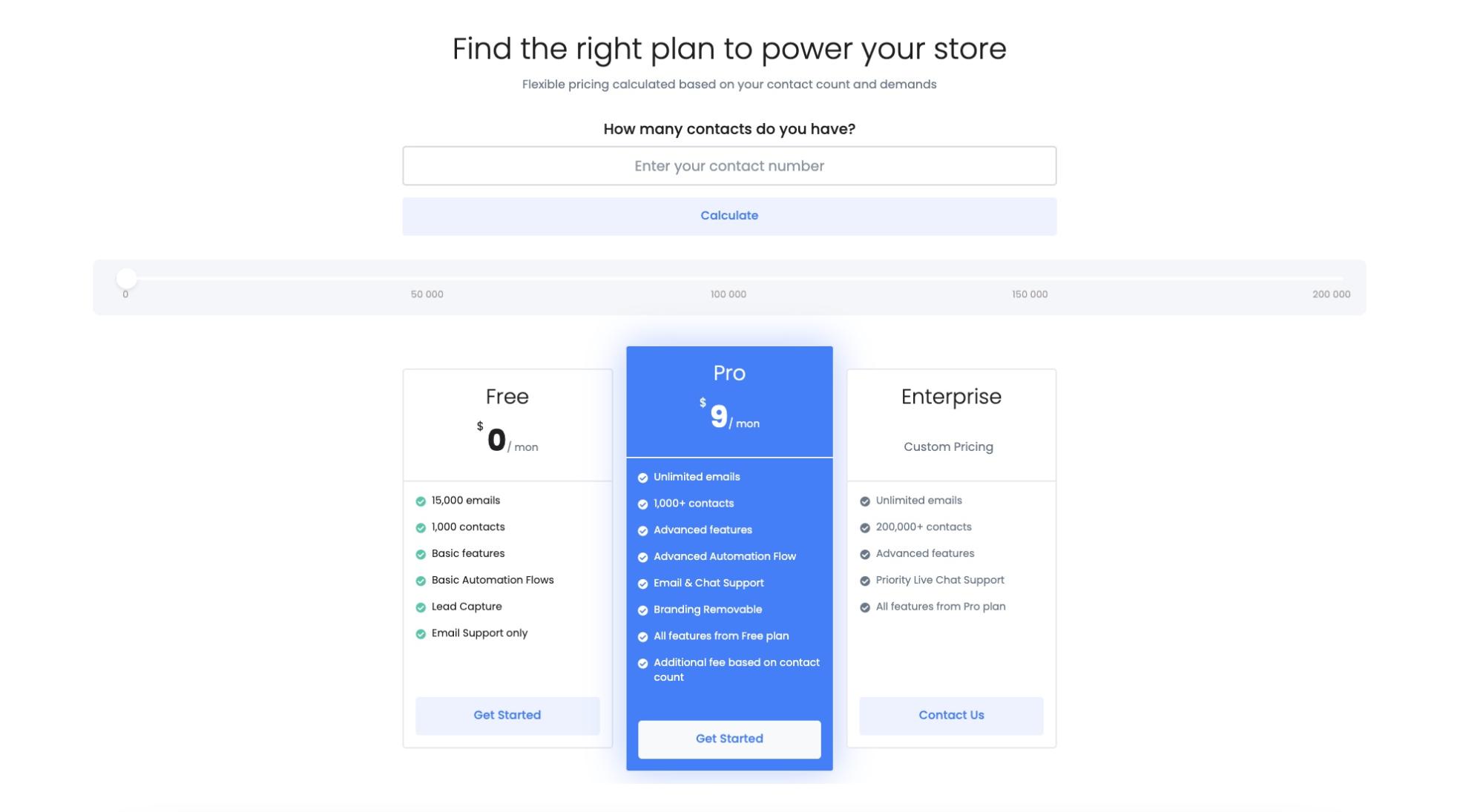
Final words
That’s it! I hope that the checklist provided in this article will help you send out error-free emails and earn great results. Please feel free to leave comments below for further discussion on this topic!
New Posts








